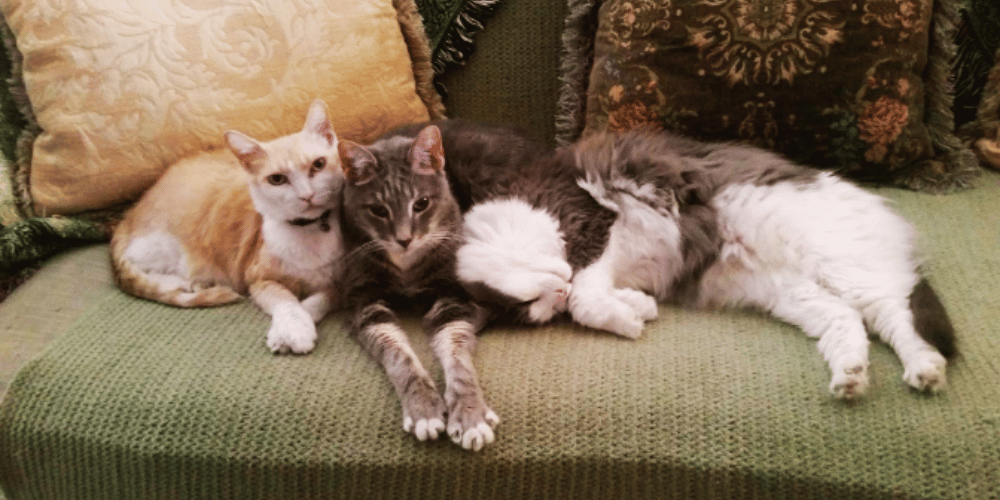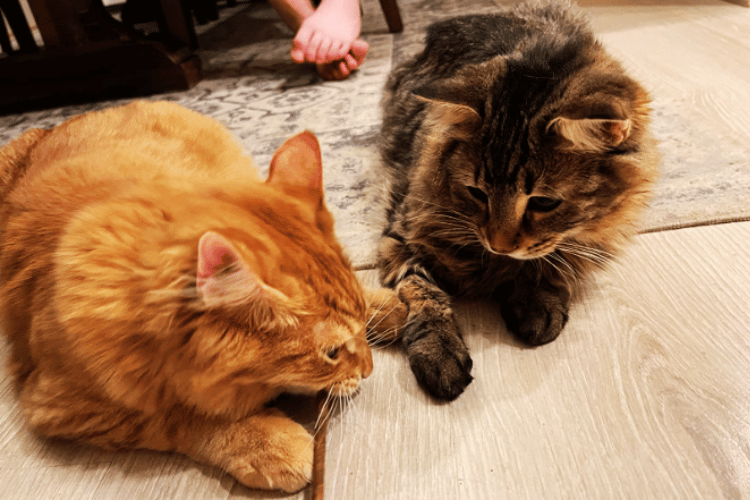As a responsible pet owner, it is important to prioritize your cat's dental health by providing proper oral care. One key aspect of this is using a cat toothbrush, but many people may not know the best way to go about it.
In this article, we will explore the ins and outs of cat toothbrushing, including the recommended techniques, products, and tips for success. We will begin by discussing the best practices for using a cat toothbrush, including how often to do it and what type of toothbrush to use.
By following these guidelines, you can improve your cat's dental hygiene and potentially prevent serious health issues down the line.
Other topics covered on this page will include the benefits of cat toothbrushing, common mistakes to avoid, and tips for getting your cat comfortable with the process.
We will also discuss the importance of regular vet check-ups and professional dental cleanings, as well as the signs of dental problems to watch out for.
By the end of this page, you will have a comprehensive understanding of how to properly care for your cat's teeth and gums, and the steps needed to keep your furry friend healthy and happy. So let's get started!

How to Properly Use a Cat Toothbrush
Cats require dental care just as much as humans do. Neglecting their teeth can lead to a host of health problems, such as bad breath, tooth decay, and gum disease. Using a cat toothbrush is the best way to ensure that your furry friend's teeth stay healthy.
However, it’s essential to use the toothbrush correctly to avoid injuring your cat. Here’s a guide on how to properly use a cat toothbrush.
Choosing the Right Toothbrush and Toothpaste
First, you need to choose a toothbrush and toothpaste designed for cats. Toothbrushes that are too hard can hurt your pet's teeth and gums. Make sure to invest in a soft-bristled toothbrush.
Moreover, you should choose a toothpaste that is formulated for cats. Never use human toothpaste, as it can be toxic to cats.
Introducing the Toothbrush
Before using the toothbrush, it’s essential to get your cat used to the idea. Start by letting your cat sniff and lick the toothbrush and toothpaste to familiarize them with the products.
Gradually introduce toothbrushing by massaging your cat's teeth and gums with a finger. After that, wet the toothbrush with water, and put a small amount of toothpaste on the bristles.
Brushing Your Cat's Teeth
When it comes to brushing the teeth, begin by gently lifting your cat's lip. This technique will give you access to the back molars. Brush in a circular motion and work from the back to the front of the mouth.
Make sure to pay particular attention to the gum line. You should brush for approximately 30 seconds on each side. If your cat resists, stop the process, and try again later.
Rinsing Your Cat's Mouth
After brushing your cat's teeth, it’s essential to rinse their mouth. Using a dental rinse can help kill the bacteria that cause bad breath. Moreover, it can help freshen your pet's breath and soothe their gums. Rinse your cat's mouth with plain water or an antibacterial rinse.
Additional Tips
Several additional tips can help make brushing your cat's teeth easier. Here are a few:
Make toothbrushing a routine activity. Cats thrive on routine, and incorporating brushing into their daily routine can help make the process easier.
Reward your cat with treats or praise after brushing their teeth. Positive reinforcement can help make toothbrushing a positive experience.
Be patient. Brushing your cat's teeth can take time, and your cat may not be receptive to the process initially.
Final Thoughts
Using a cat toothbrush is crucial in maintaining your pet's dental health. However, proper usage of the toothbrush is equally important. Be sure to use a soft-bristled toothbrush, introduce it slowly, and brush in a circular motion.
Following these tips can help ensure that your cat's teeth stay healthy and clean.

FAQs: What is the best way to use a cat toothbrush?
It can be hard to know the best way to use a cat toothbrush, especially when there are so many different types and brands on the market.
Cats need regular dental care just like humans, and using a cat toothbrush is one of the best ways to keep their teeth clean and healthy. But with all the different types and brands of cat toothbrushes out there, it can be hard to know which one is best and how to use it properly.
We've compiled a list of the most frequently asked questions about cat toothbrushes so you can know more about these products and how to use them correctly.
What are the different types of cat toothbrushes available?
There are primarily two types of cat toothbrushes: traditional toothbrushes and finger brushes. Traditional toothbrushes resemble human toothbrushes but have smaller heads and softer bristles. Finger brushes, as the name suggests, slip onto your finger and have small bristles on one side. Both options can be effective; it depends on your cat's preference and your comfort level.
How often should I brush my cat's teeth?
Ideally, you should aim to brush your cat's teeth at least 2-3 times a week. However, daily brushing is even better. Regular brushing will help prevent plaque buildup, tartar, and gum disease. It may take some time for your cat to get used to the routine, so be patient and gradually increase the frequency.
What toothpaste should I use for my cat?
Never use human toothpaste for cats, as it contains ingredients that can be harmful if swallowed. Instead, opt for toothpaste specifically formulated for cats. These toothpastes usually come in flavors that cats find appealing, like poultry or seafood, making the brushing experience more enjoyable for them.
How do I introduce my cat to toothbrushing?
Start by getting your cat familiar with the toothbrush and toothpaste. Let them sniff and lick the toothpaste, allowing them to associate it with a positive experience. Next, gently touch their teeth and gums with the toothbrush without applying pressure. Gradually increase the time and pressure as your cat becomes more comfortable. Reward your cat with praise or treats after each successful session.
What if my cat refuses to cooperate during toothbrushing?
Some cats may resist toothbrushing at first. If your cat refuses to cooperate, try using alternative methods like dental wipes or dental sprays recommended by your veterinarian. These products can help maintain oral hygiene when brushing is not possible. Additionally, providing dental treats and toys designed to promote dental health can be beneficial.
Remember, it's essential to consult with your veterinarian for specific guidance tailored to your cat's needs.
Brushing your cat’s teeth can be an intimidating task, but with the right toothbrush and the right technique, it doesn’t have to be. We hope this article has helped you decide which cat toothbrush is best for your pet and has provided you with the information you need to confidently and effectively brush your cat’s teeth.
So, the next time you’re looking to give your furry friend a dental checkup, don’t forget to grab one of the toothbrushes we’ve highlighted here and get ready to give your cat the smile they deserve!
Thank you for visiting LegitLists we hope this helps you make a legitimate choice!






